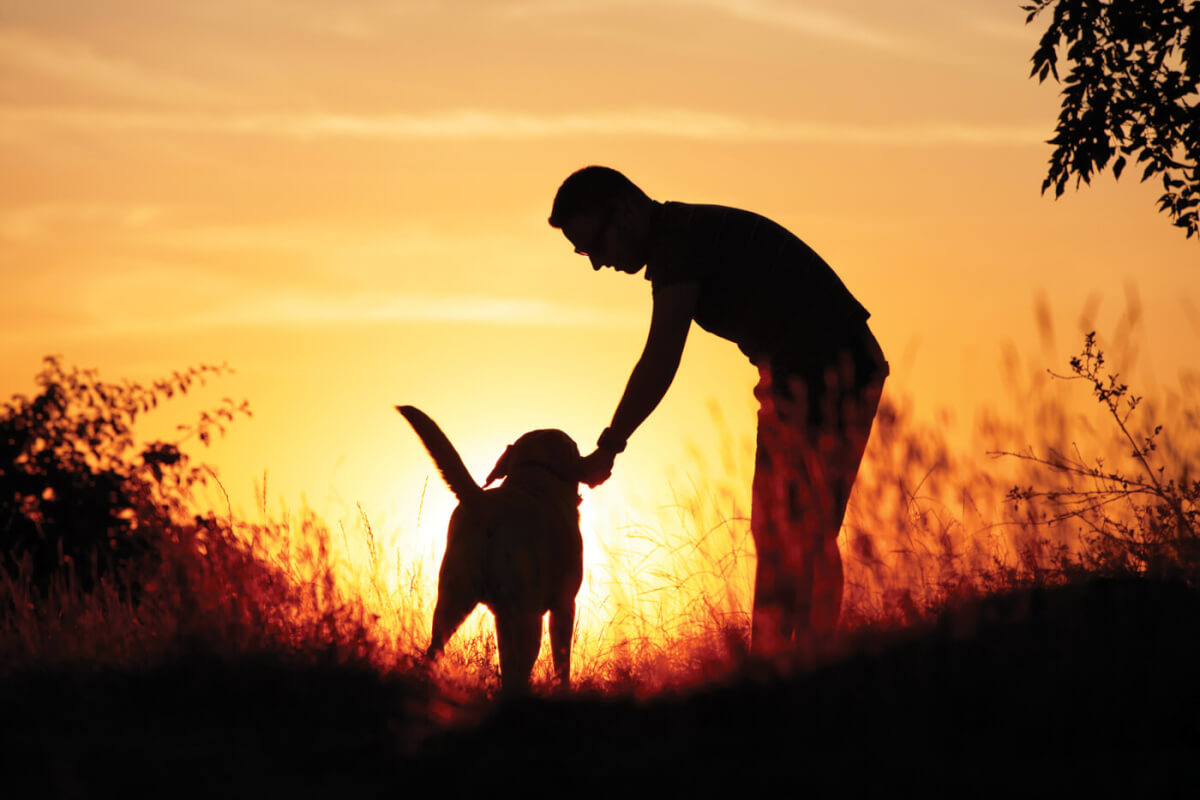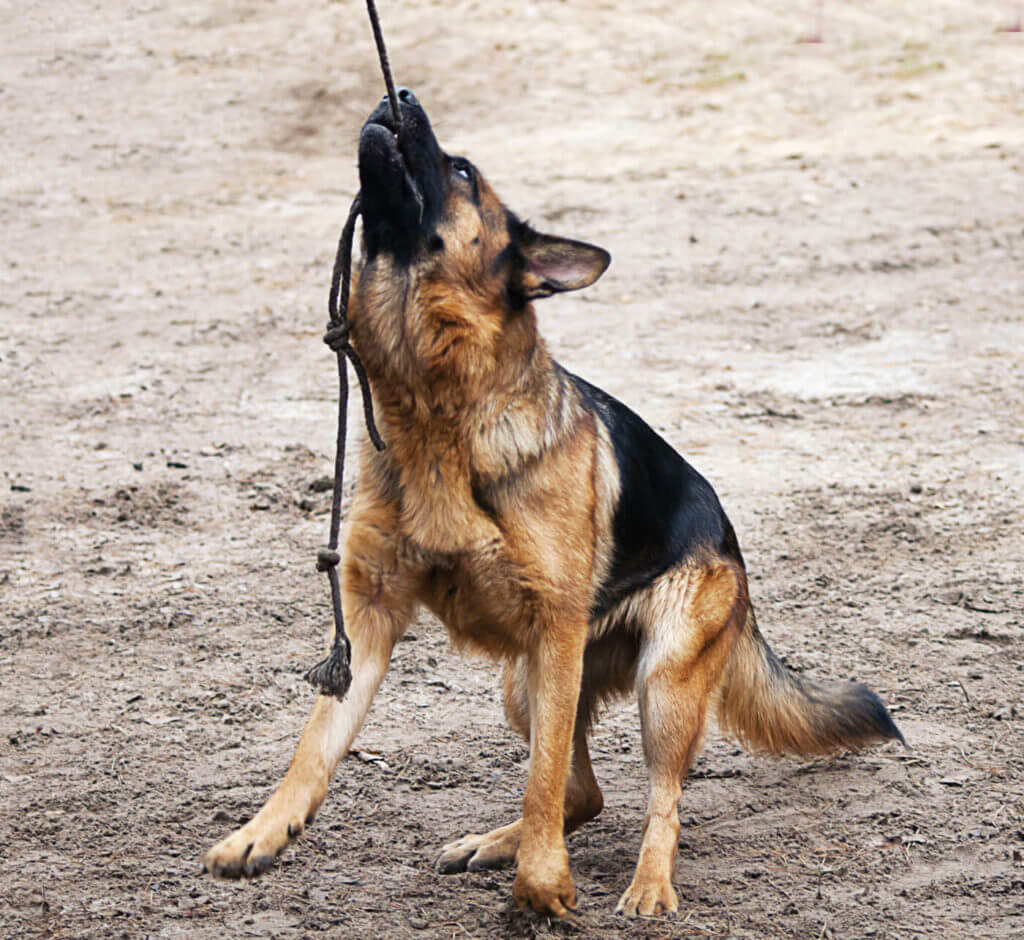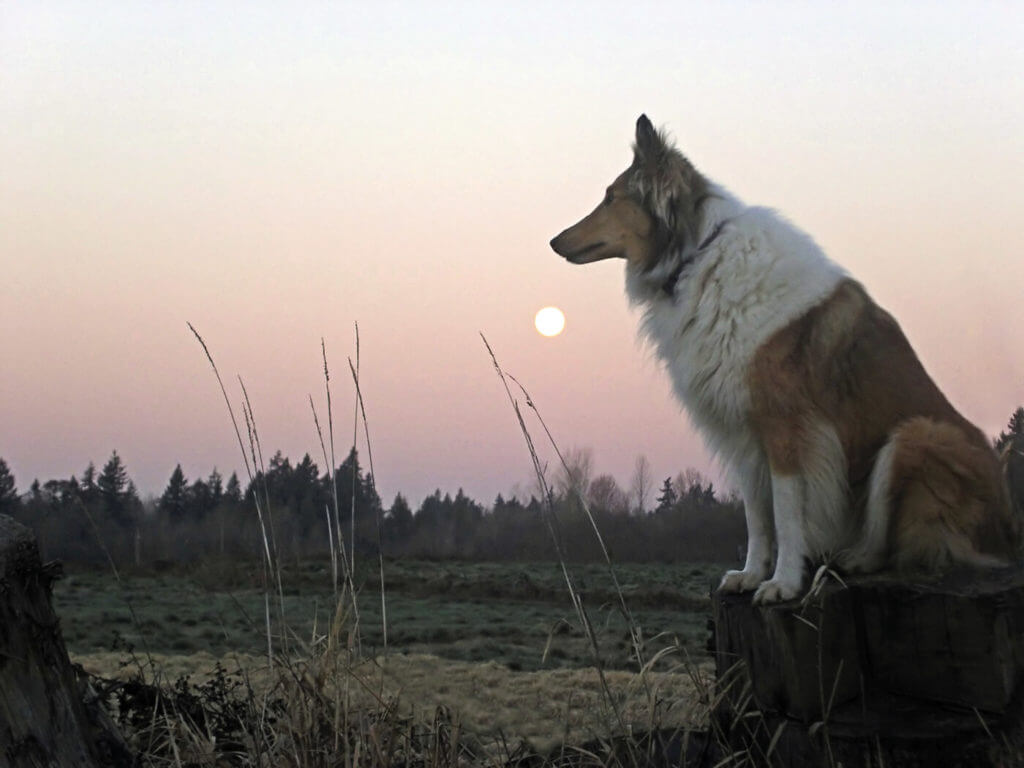Given the circumstances of living off the grid or even just spending a good deal of time outdoors, finding the right dog to keep you company is a process that should be taken seriously to ensure a perfect match.
“Man’s best friend” is a phrase we’ve all heard in reference to dogs, and they can truly be a valuable part of a family in addition to offering superb outdoor companionship. Just as people have specific skills and reactions to various circumstances, so do dogs. Read on to find the best choices for outdoor dogs and decide which works for you and your family.
CONSIDER THIS
No outdoor enthusiast is able to efficiently carry on with their activities if they constantly have to babysit their companion. According to Peter Kisiel, a former Marine Corps infantry dog handler, an owner must enjoy the time with the dog rather than feel as if they are babysitting. Having a dog that is comfortable with a specific type of climate is imperative to prevent having to constantly watch over them in a babysitting manner.

“If you’re going to be running around the deserts of Arizona, you’ll be looking for a dog that can handle heat well, such as the Rhodesian Ridgeback; conversely, if you are going to be in a colder climate, you’ll want a breed that will be comfortable with the cold,” Kisiel says. “Owning a dog in the wrong type of climate could not only endanger the dog, but make the owner have to provide unnecessary care that would not be given if it were another breed.”
Climate is a serious factor in the safety of a dog. “I recommend that anyone who is going to have their dog as an outdoor companion do research and speak to veterinarians about what breeds are best for the area they live in,” Kisiel explains. “I have personally dealt with heat stroke in a dog and can tell you that dangers related to environment can come up extremely quick and that they can be deadly.”
In choosing a dog for outdoor companionship, take into account the climate and type of weather that you would be most present in. Not only would this allow for the dog to be safe and most comfortable, it would prevent unnecessary babysitting, ensuring that you have the perfect companion.
TRAINING NEVER STOPS
When choosing a dog for your outdoor life, take into consideration the amount of training needed. Dogs that are more trained would offer the easiest integration into an outdoor life; however, training is key and often never stops. Kisiel notes that the sooner training begins for a dog, the better, but taking small steps during training is absolutely necessary for success. “Go at your dog’s pace, not yours, and plan your trips so that you can ease your dog into whatever you’re going to be doing,” he suggests.
Kisiel emphasizes that training never stops: “You need to constantly keep up with training; once your dog knows your commands, you can ease up, but make sure they are responding quickly to what you say. If you start to notice your dog ignoring your commands, it’s time to refresh that training.”
BEST BREEDS?
One of the most important factors people ought to take into consideration when choosing a dog for a situation would be the breed. Certain canine breeds offer skillsets that are versatile and useful in outdoor life. While some breeds have their skill described in their name—for example, the Labrador retriever— many other breeds are just as skilled.
Kisiel spent five years in the United States Marine Corps and was offered the opportunity to become a dog handler. He was assigned to Libby, a black Labrador retriever bomb dog, and eventually, the pair deployed to Afghanistan in 2011. “Libby, my black Lab, is never happier than when she is playing fetch.” Kisiel says.
While Labradors are capable of practically any outdoor activity, collies and shepherds are prime examples of two breeds that have the same abilities. Originally from the herding group, both collies and shepherds were used most often in herding sheep, but with exceptional intelligence and trainability, their roles soon became diverse, spanning into military and police uses as well as even service roles for the disabled.
All three breeds—Labradors, collies and shepherds—would be perfect breeds for outdoor life. They typically have a very obedient disposition and a fierce loyalty to their owner, offering the very best in companionship.
“Late in 2010, I was given the opportunity to be a part of the Marine Corps IDD (Improvised Explosive Device Detector Dog) program. This a program separate from the MOS [Military Occupational Specialty] of a dog handler; I was an infantryman who was going to be trained as a handler with one dog for one deployment. This was to get more dogs in the field with infantry units.
I attended a school where I was assigned my bomb dog, a black Lab named Libby. She and I would do the school together, and then she was with me and my unit, 2nd LAR Delta Company, for our pre-deployment training in California and then during our deployment to Afghanistan in 2011. Libby and I returned to the states in November of 2011. She went back into her training pipeline and deployed again. I EAS’d [End of Active Service] from the Marines in February of [2013], and in September, I was informed that Libby would be ending her service as well with three deployments under her collar.
I adopted her, and she now lives with me in Wyoming.”
Editor’s note: A version of this article first appeared in the April 2014 print issue of American Survival Guide.





